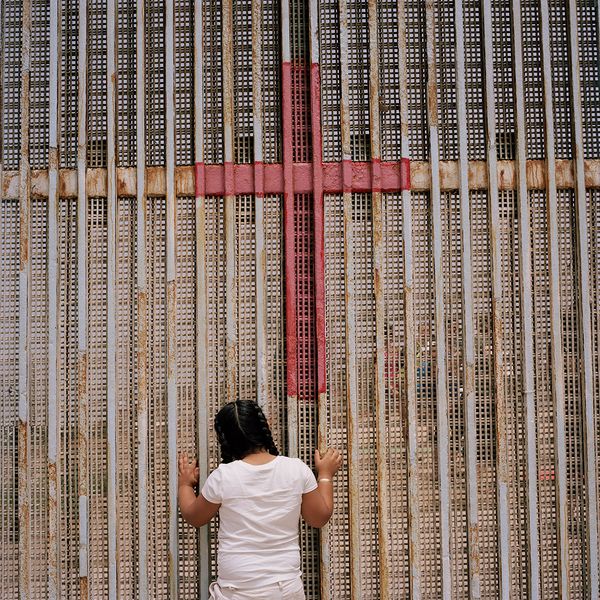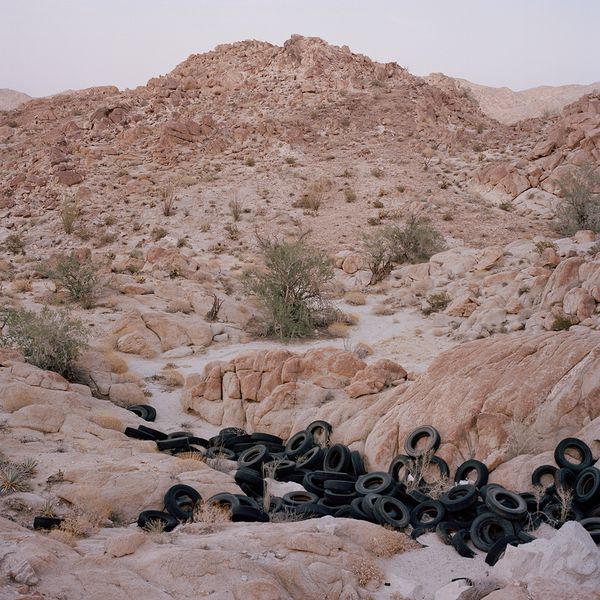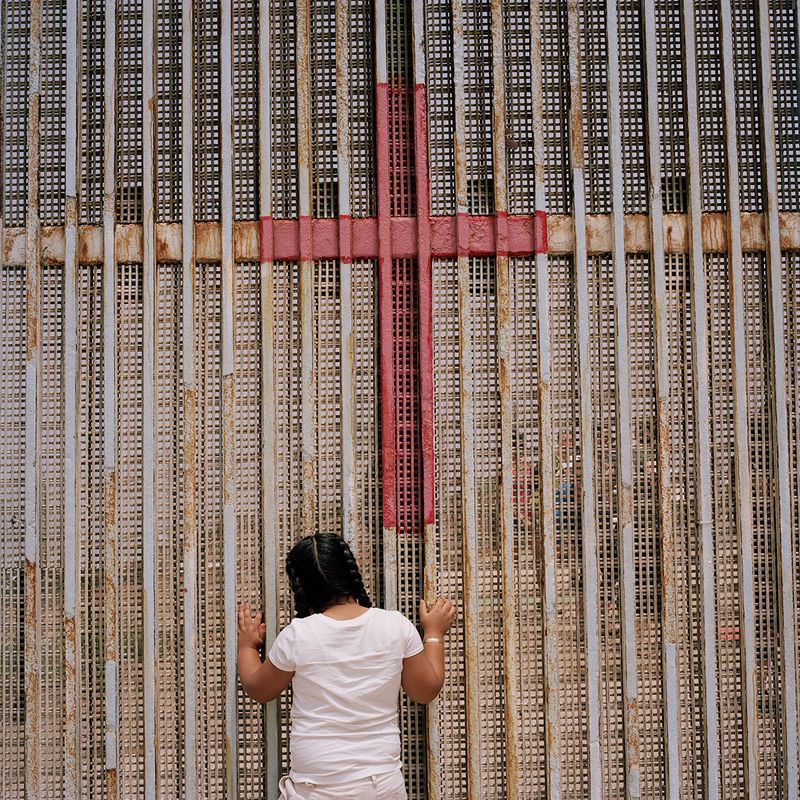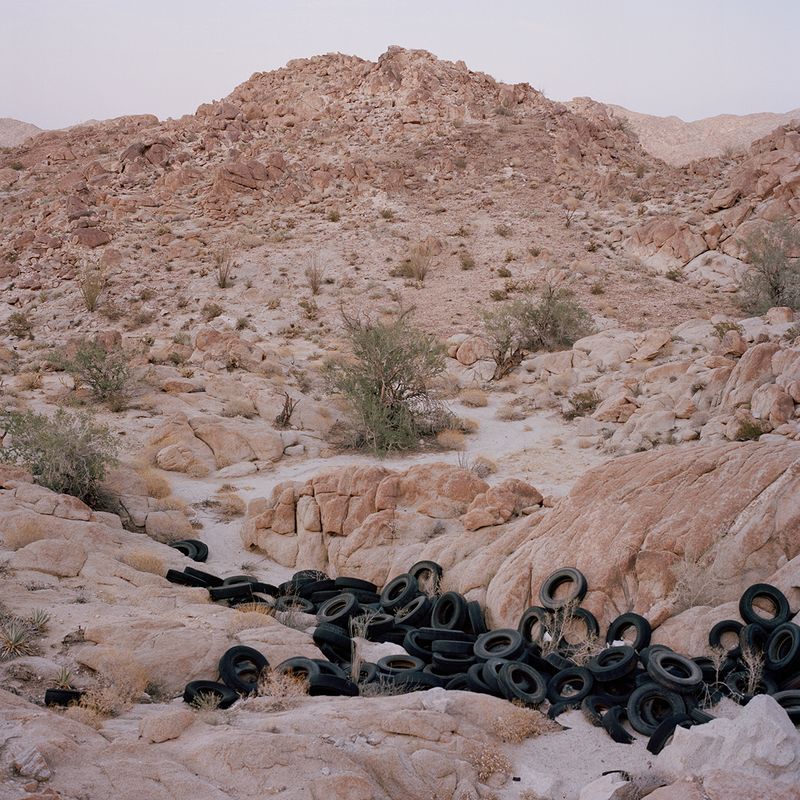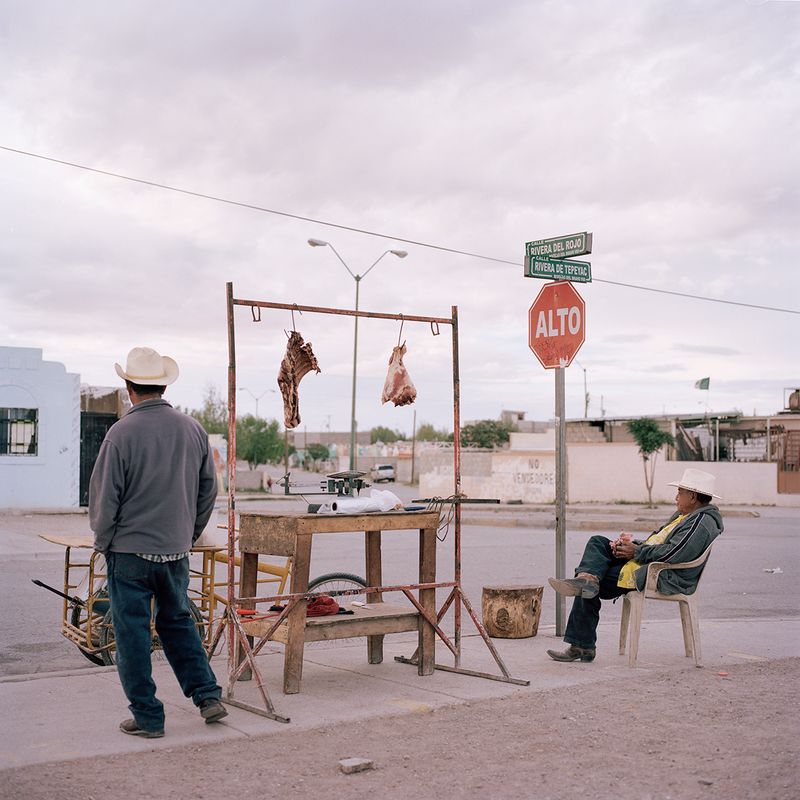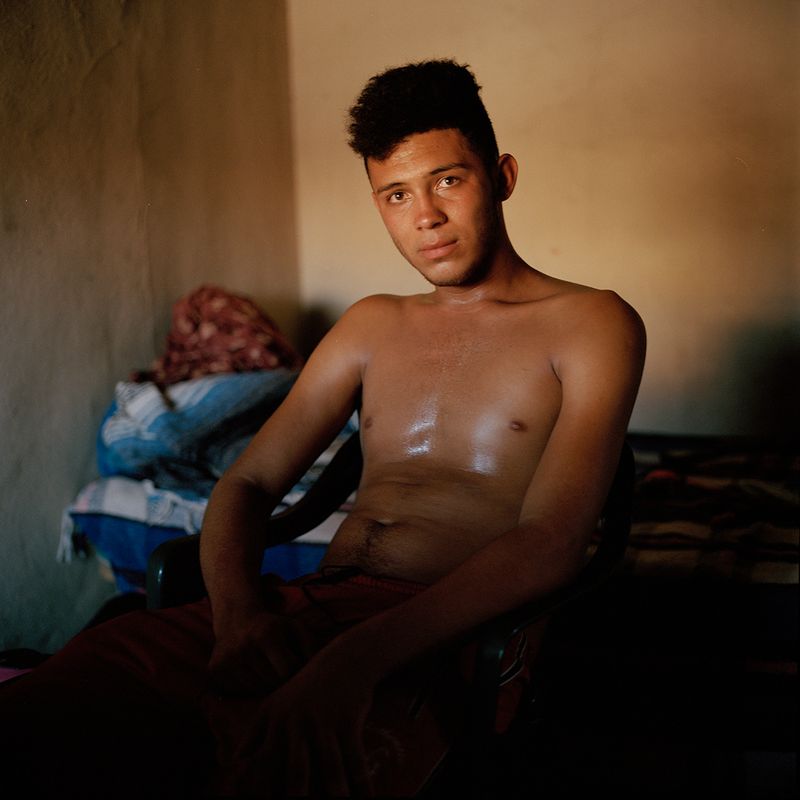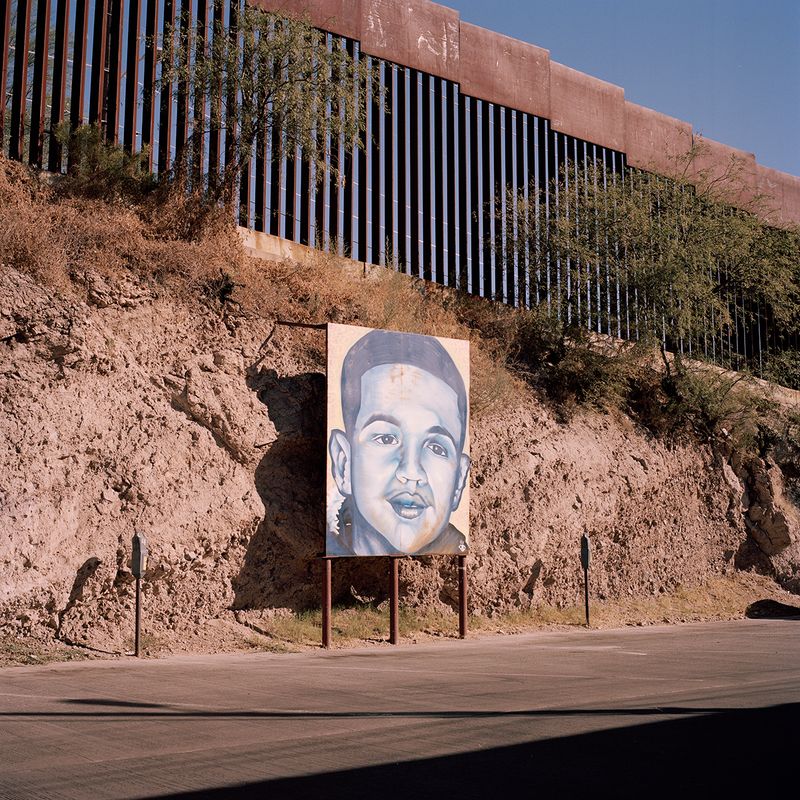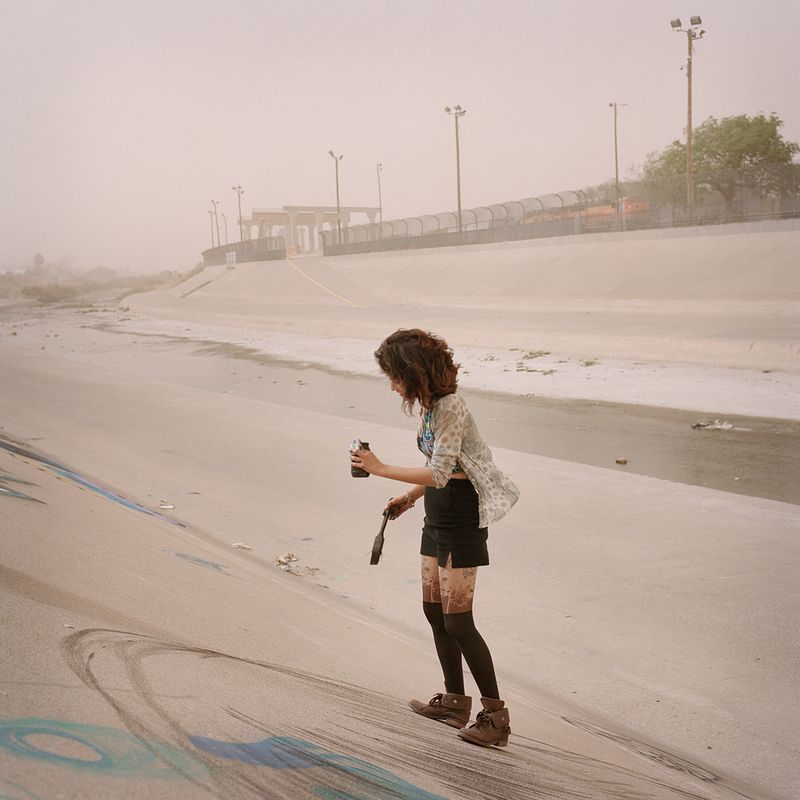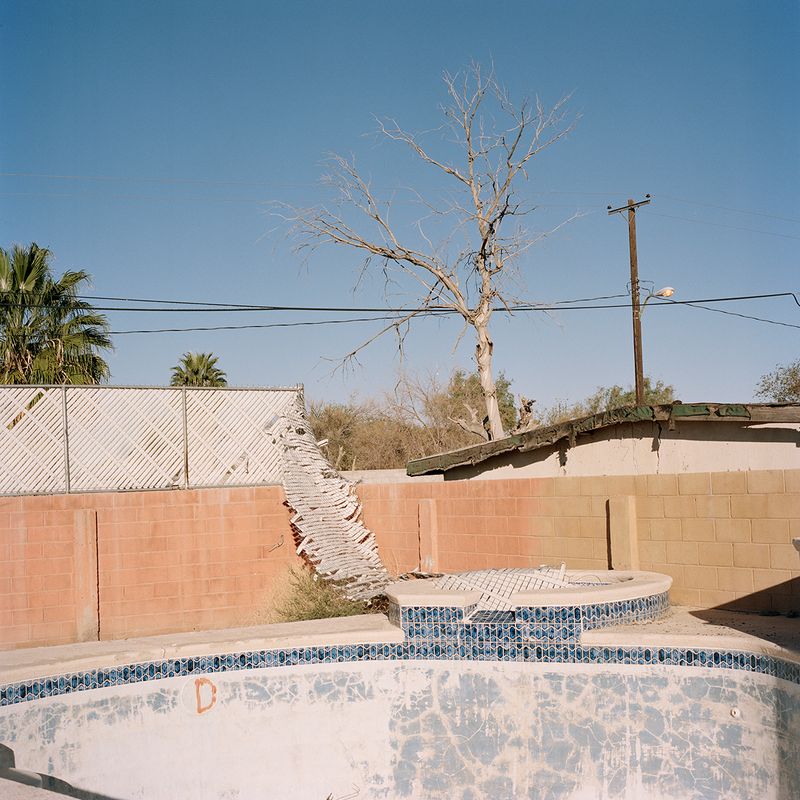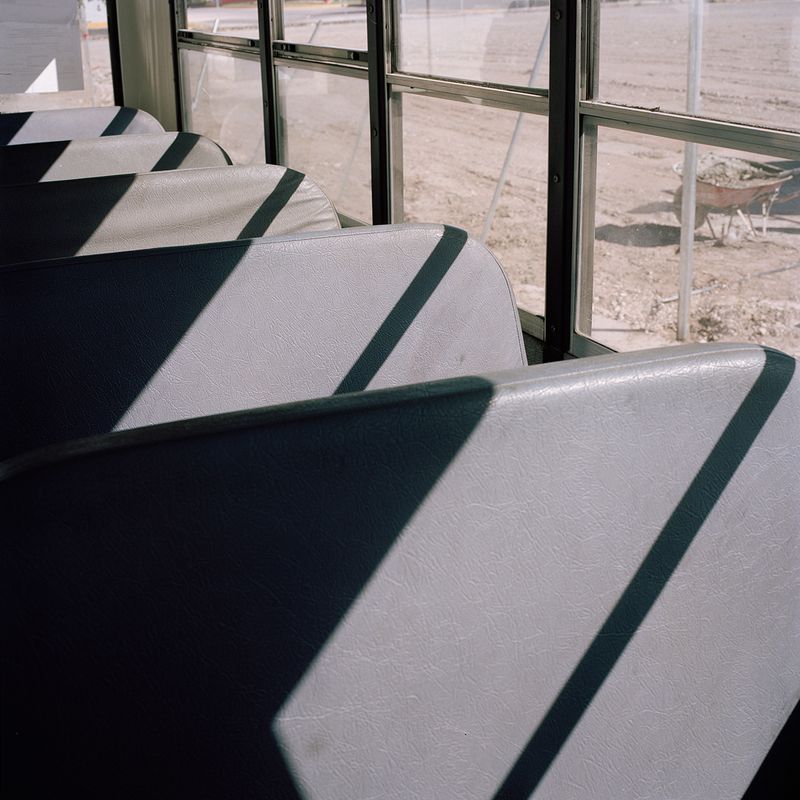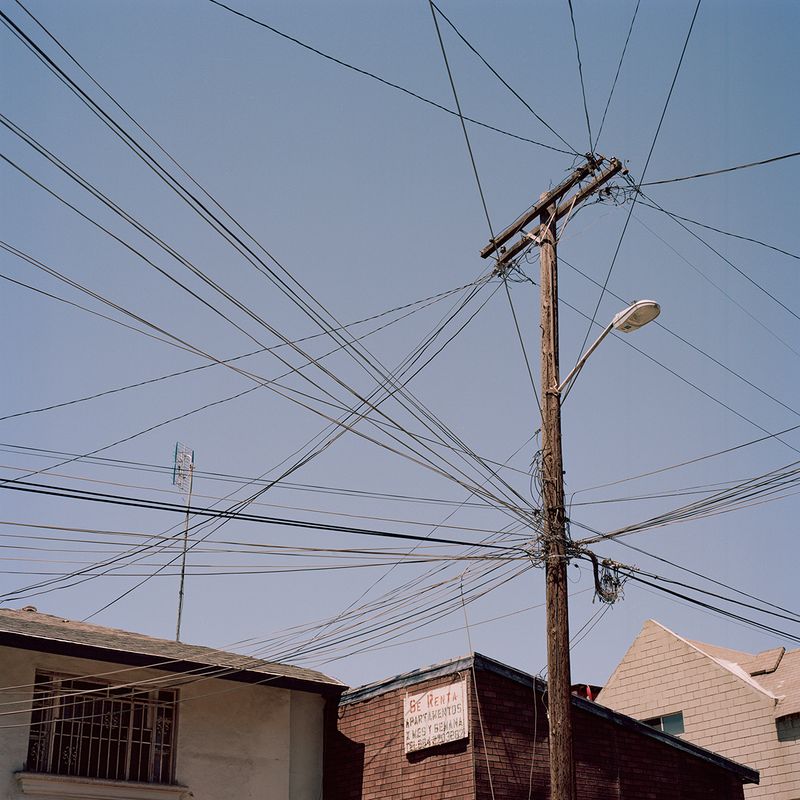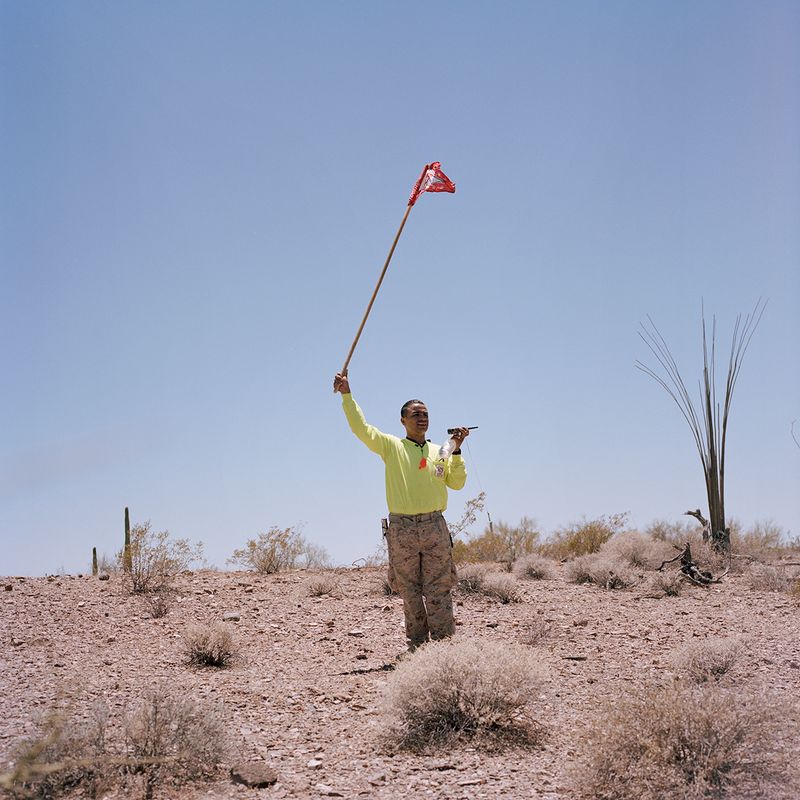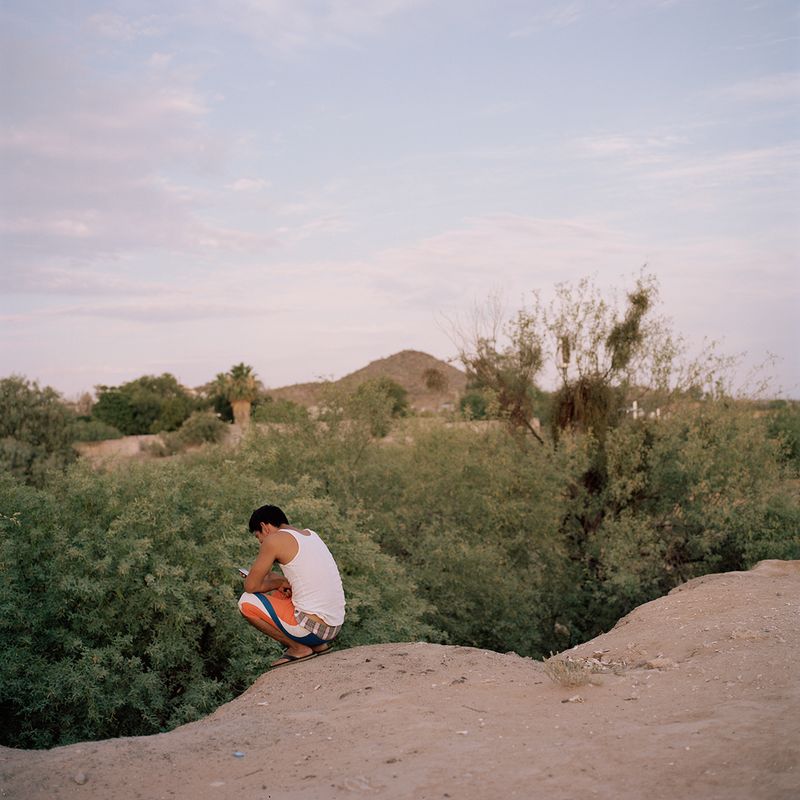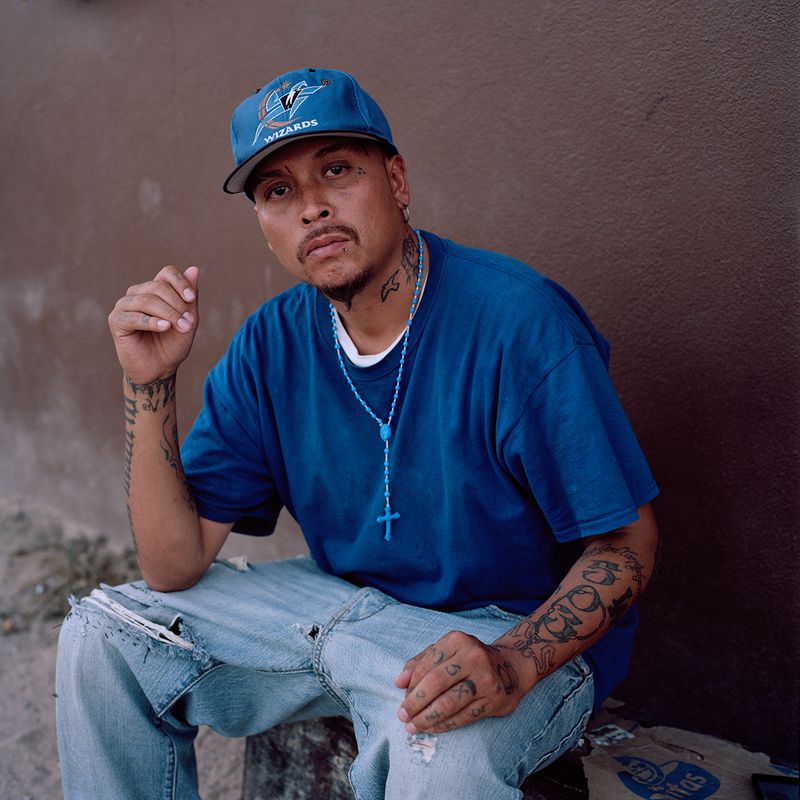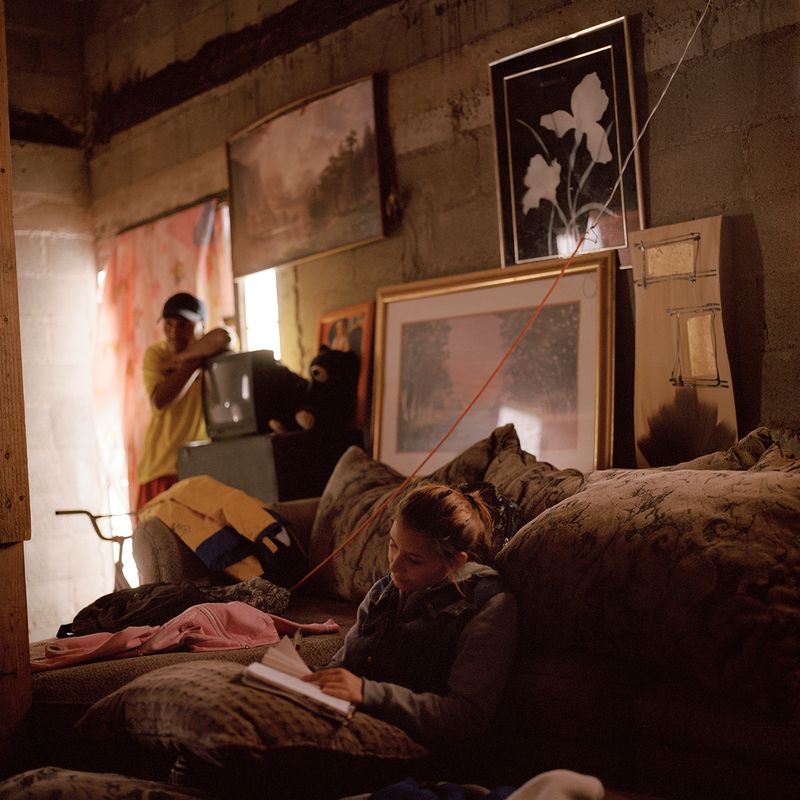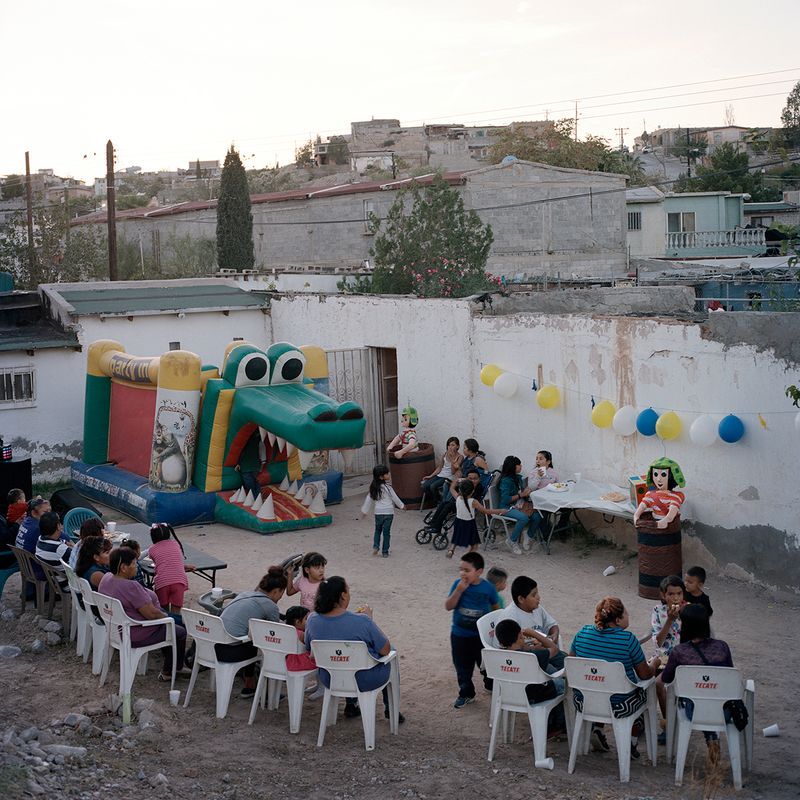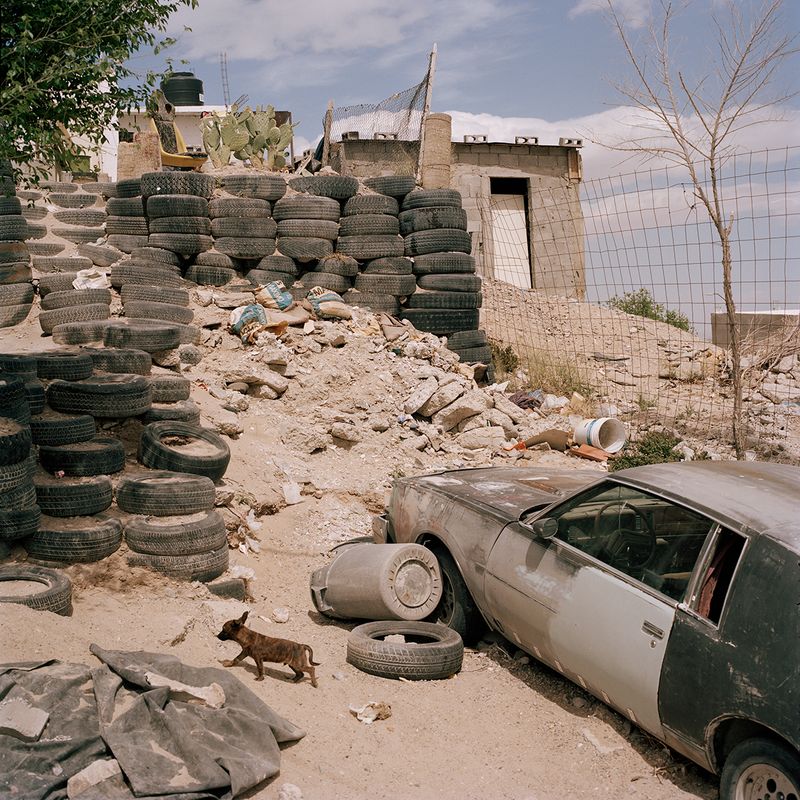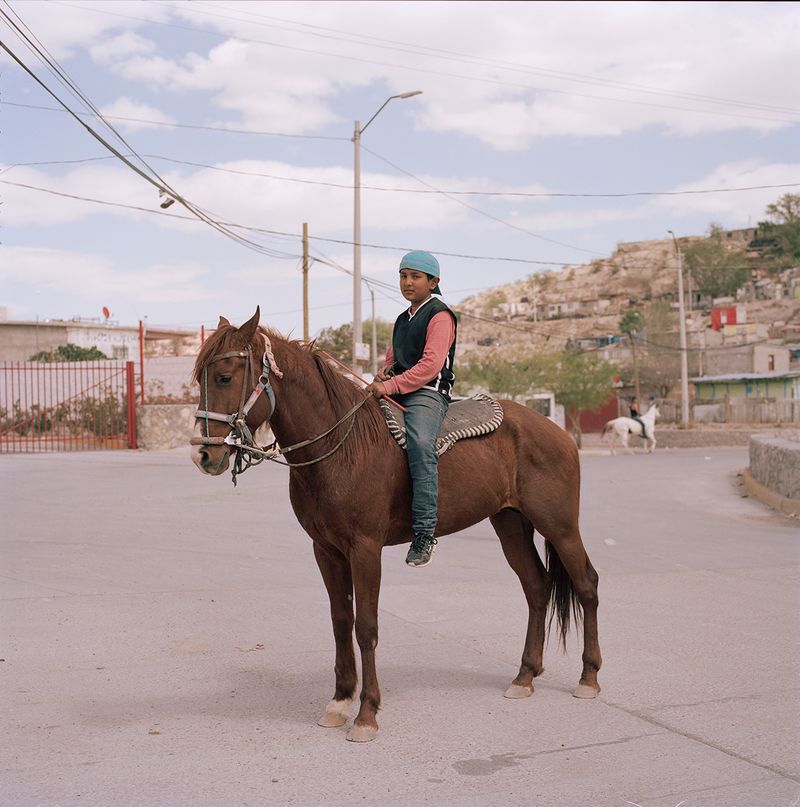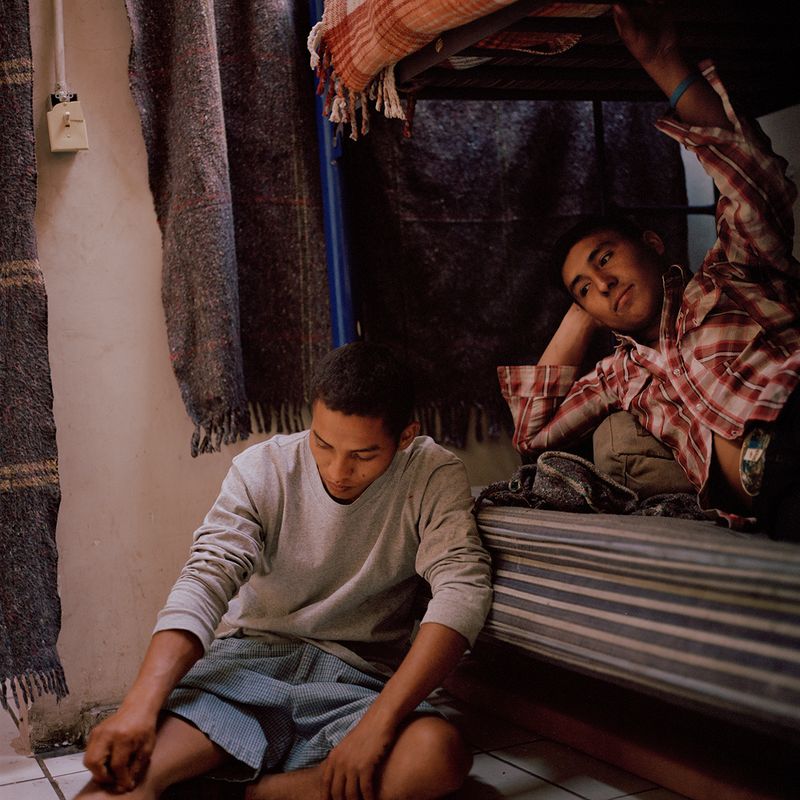Frontera norte
-
Dates2017 - Ongoing
-
Author
- Topics Daily Life, Contemporary Issues, Documentary
- Location Mexico, Mexico
Focusing on migration, economy and daily life, Frontera Norte documents the realities of Mexico's Northern Border, a complex area living under the agendas of the US and Mexico’s governtments, but where culture, property, and people slip between the gaps in the wall.
A work in progress, Frontera Norte is a journey through Mexico’s Northern Border. Focusing on migration, economy and daily life, I intended to document the realities of this complex area of Mexico which lives between the agendas of the US and Mexico’s governments, but where people often regard their governments as far and dysfunctional, and where culture, property, and people slip between the gaps in the wall.
There is a common narrative that globalization has shrunk the world through trade and free movement for everyone’s benefit, but the reality has never been so simple: the world now has more barriers on its borders than at any other time in modern history. The conditions along these borders are far from easy.
With the U.S.’s increased border security, the chances of undocumented people reaching America are worse than ever. But the International Organization for Migration estimates that every year over 150,000 Central American migrants take the journey across Mexico to reach the U.S. There are also deportees who attempt to rejoin their American families. They all face the same risks. In 2017, though the Border Patrol apprehended fewer people in the desert than it had in previous years, it also found more dead.
The region has been widely affected by the trade and dynamics between the US and Mexico. Since the early 1990s, thousands of assembly-line factories, known as maquilas, started employing cheap labor in the region. They attracted workers from other parts of the country, turning cities such as Juarez and Tijuana into ones of fast growth, despite the exploitative working conditions. New neighborhoods sprouted into the desert, and later become prone to conflict, as drug cartels took advantage of the newcomers.
